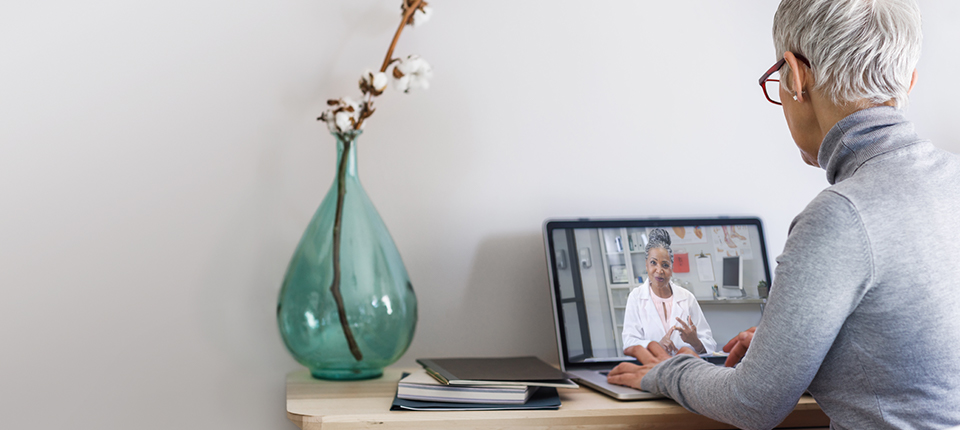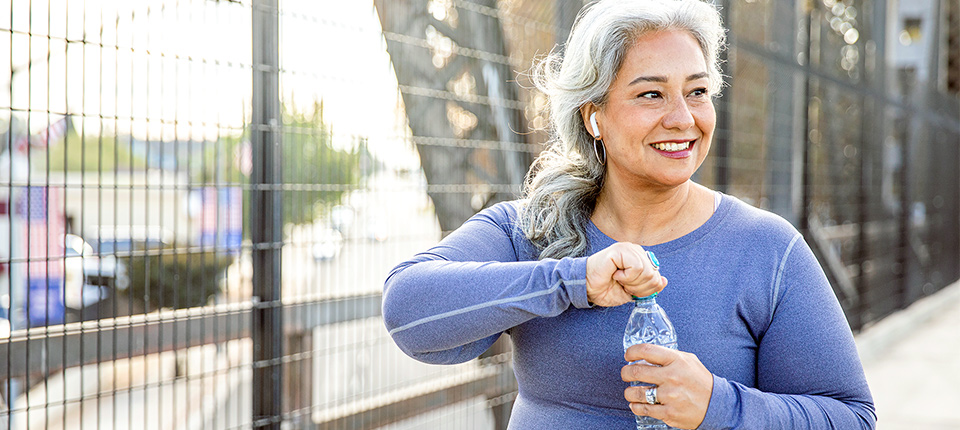Among the findings, taken during a time of relative hope for better days ahead, responders said:
- Many had not completely caught up from COVID-19's first surge even as its second takes hold. Generally speaking, there was surprise among the providers at how unprepared their organization, the government and the public were for the pandemic. This concern is compounded by the fact that many cardiologists and other specialists are still playing "catch up" after delays in "elective procedures and managing through operational inefficiencies."
- A major concern: What could come in the aftermath of the pandemic. COVID-19's impact on the heart and the disruption of care among people living with chronic cardiovascular issues is not yet fully realized. With the pandemic's impact on complex care, self-management becomes more pressing with a potential spike in cases on the horizon.
- Telehealth is helping close the gap but needs to improve. While virtual care has grown exponentially, integrating improved technology with remote treatment and monitoring will need to be met by insurers and people with the same enthusiasm before doctors will feel confident championing remote care as an option on equal footing to traditional care. And the demand is there with 79% of cardiologists interested in expanded remote monitoring and 75% of providers say their organization will encourage people with complex conditions, such as heart failure, to use remote care as much as possible.
- Doctors urge patients to seek care as needed, even as COVID-19 spikes around the country. Coronavirus is not the only illness. A majority of providers surveyed (78%) revealed they're concerned that we have yet to see the full extent of COVID-19’s impact on cardiac health and outcomes. In fact, over half (55%) of the cardiologists surveyed believe heart failure will develop at an increasing rate, most notably among those with pre-existing conditions (obesity, diabetes and high blood pressure) and adults 65+. This includes populations that experience health disparities, which technology could vastly help if made accessible. While they’re trying to embrace the upheaval and "roll with the punches," there is real fear about patients getting left behind as COVID-19 cases climb.
While the full results are striking, a few in particular stand out.
COVID-19: The Impact on Pre-Existing Conditions
As the nation prepares for December’s traditional gatherings, nearly two out of three cardiologists are concerned about patients’ ability to access cardiovascular care due to the global pandemic.
What's more, three in four cardiologists are worried that the pandemic has restricted the ability of the 6 million people living with heart failure to manage their condition. In turn — like all those miles on that worn out tire — the lack of attention could accelerate the progression of their disease. And with 89% of cardiologists reporting they’ve delayed or restricted elective procedures — including 19% explicitly for transplants — their ability to provide necessary care to deal with complications is limited.
This puts a critical importance on interdisciplinary clinical collaboration exactly when interactions among people and their care providers are greatly restricted. Safety concerns have expanded lead times to refer or transfer care.
That's creating lingering apprehension over whether virtual evaluations will meet the efficacy of in-person examinations.
But there's good news. Those surveyed said the pandemic's circumstances will ultimately strengthen communication and professional camaraderie among providers. That's good for all involved.
Remote Monitoring and Treatment: Prominent Now — And Will Only Get Bigger
While COVID-19 has necessitated more remote monitoring, those surveyed want remote monitoring to be able to do more.
For example, just over half (51%) indicated a strong desire to be able to remotely administer treatment or otherwise intervene when needed. And 40% want an expansion of real-time, 24/7 monitoring over biometrics to help predict when such intervention may be necessary.
As with any new technology, there are expected to be some growing pains.
Generalists and other specialists may be able to take their cues from their colleagues in cardiology, which has seen greater adoption of remote monitoring over the past few decades. Among those surveyed, 58% of cardiologists had direct experience using remote monitoring devices.
Given their experience, cardiologists were also significantly more likely to identify remote monitoring improvements for next generation products, such as comfort/convenience (35%), improved accuracy/precision (33%), increased integration with apps (29%) and anomaly detection/alerting (25%).
The majority of cardiologists said achieving those improvements would improve overall outcomes through early detection/mitigation (67% & 68%).
And it's not just good news for doctors.
Remote monitoring can empower patients to be more involved in managing their care (58%) — a key concern among cardiologists coming out of the pandemic — as well as reduce the demand for required in-person care (47%) and reduce the risk of hospitalization or emergency care (65%).
It makes for an enticing scenario - protecting heart failure patients from potential COVID-19 exposure while helping cardiologists give each person the best care they can.








FOLLOW ABBOTT